Great Swiss train rides: Glacier Express
February 25, 2013, No comments
Express it isn’t but it is certainly one of the most famous train rides in Switzerland. And rightly so. The Glacier Express runs all year round between Zermatt and St Moritz (or Davos) but it’s particularly memorable in winter when the panorama cars trundle through fields of white. It’s almost as it you’re riding in one giant sled. And it helps that the obligatory seat reservation fee is almost a third of the normal price in winter (and at least travel passes are valid on this route). It’s definitely a train ride not to be missed.
 The joining of two upmarket ski resorts may not seem like much until you look at the map; the two are at opposite ends of the country and separated by rather a lot of mountain. It’s almost as if someone got out a map and just decided to join the dots in spite of what was in between. With two altitude changes, each of 1400m, to overcome, the line resembles a long roller-coaster, though not in speed. It is possibly the world’s slowest express train – glacial is a good adjective – but that slow pace, and the glass-roofed panorama cars, means that it’s a great ride for seeing the Alps.
The joining of two upmarket ski resorts may not seem like much until you look at the map; the two are at opposite ends of the country and separated by rather a lot of mountain. It’s almost as if someone got out a map and just decided to join the dots in spite of what was in between. With two altitude changes, each of 1400m, to overcome, the line resembles a long roller-coaster, though not in speed. It is possibly the world’s slowest express train – glacial is a good adjective – but that slow pace, and the glass-roofed panorama cars, means that it’s a great ride for seeing the Alps.
The thing about the Glacier Express is not its 291 bridges or 91 tunnels, or even the fact that it runs all year round despite the snow. It’s that nowhere along its route is particularly big enough to warrant building such a line. The two largest towns, Brig and Chur, are connected to the rail network by mainline routes, meaning that the Express serves a few villages, and tourists wanting the experience. And that’s the crucial part. Regular trains run along the same route, stopping at every hamlet, but it’s the tourist trains which make the line feasible.
In high season, you have to reserve well in advance to get a seat, and there’s no standing allowed (not that you’d want to for 7½ hours). From the base of the Matterhorn at Zermatt the train chugs down to the Rhone valley, which is flat enough for it to practically race along to Brig. Then it’s up and over the Oberalp Pass – cue splendid craggy peaks softened by lush green meadows, or in winter a white wonderland – before dropping again to the Rhine gorge.
It’s rather amazing that two of Europe’s largest rivers have their sources so close together, with each flowing in a different direction: the Rhine northwards to the North Sea, the Rhone west- then southwards to the Mediterranean. Not forgetting that just over another Swiss mountain the Inn begins its eastward journey to the Black Sea, making a triple watershed at the heart of the continent.
This is certainly a tourist train, with multilingual audio commentary, meals served at your seat, and painful ticket prices: 145 Swiss francs for adults one-way, if you don’t have any sort of rail card. But it’s one that is worth the money and the effort. In summer it’s wonderful but I think that nothing beats a crisp sunny day in winter, when all you can see is blue and white.


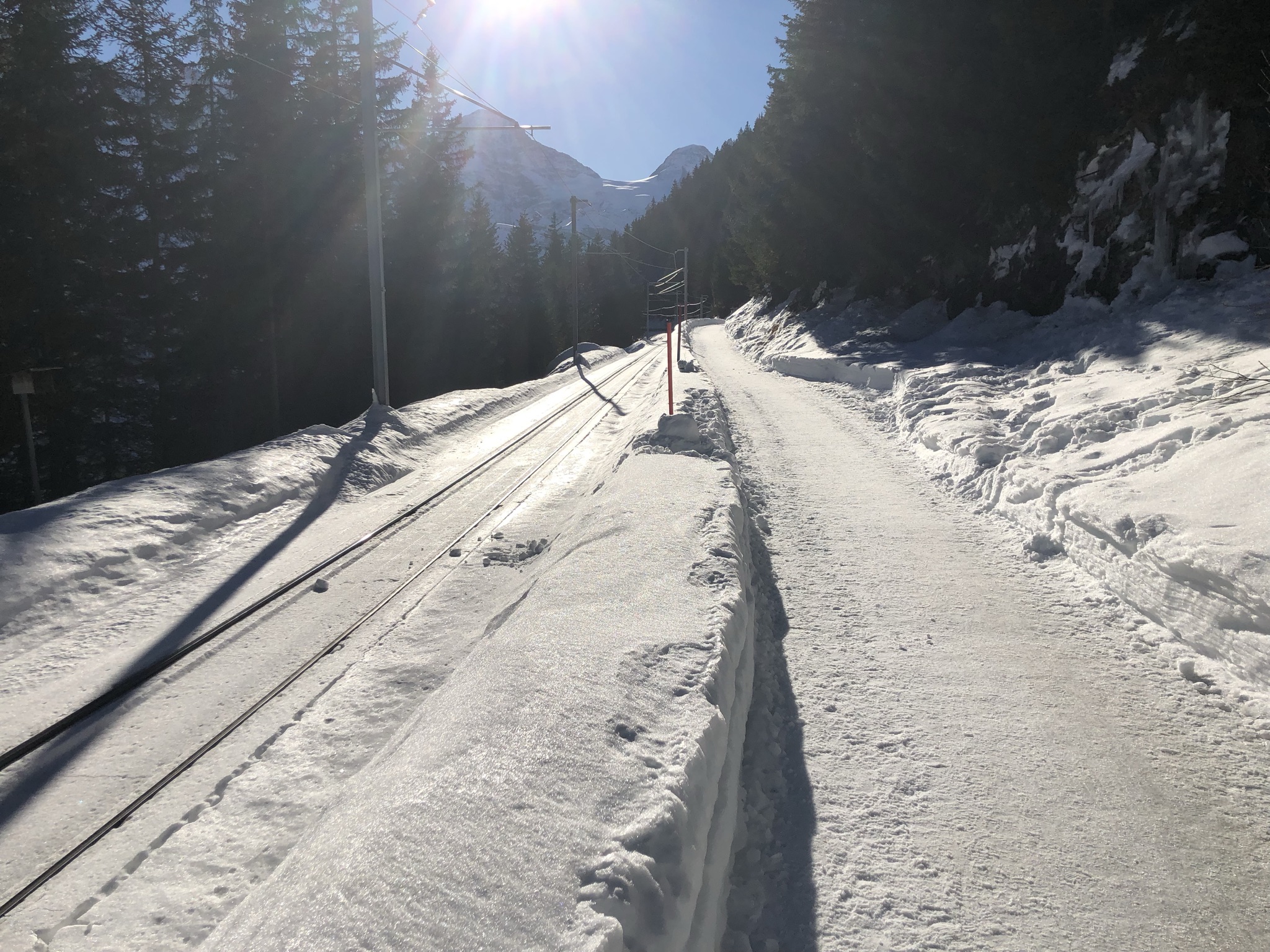
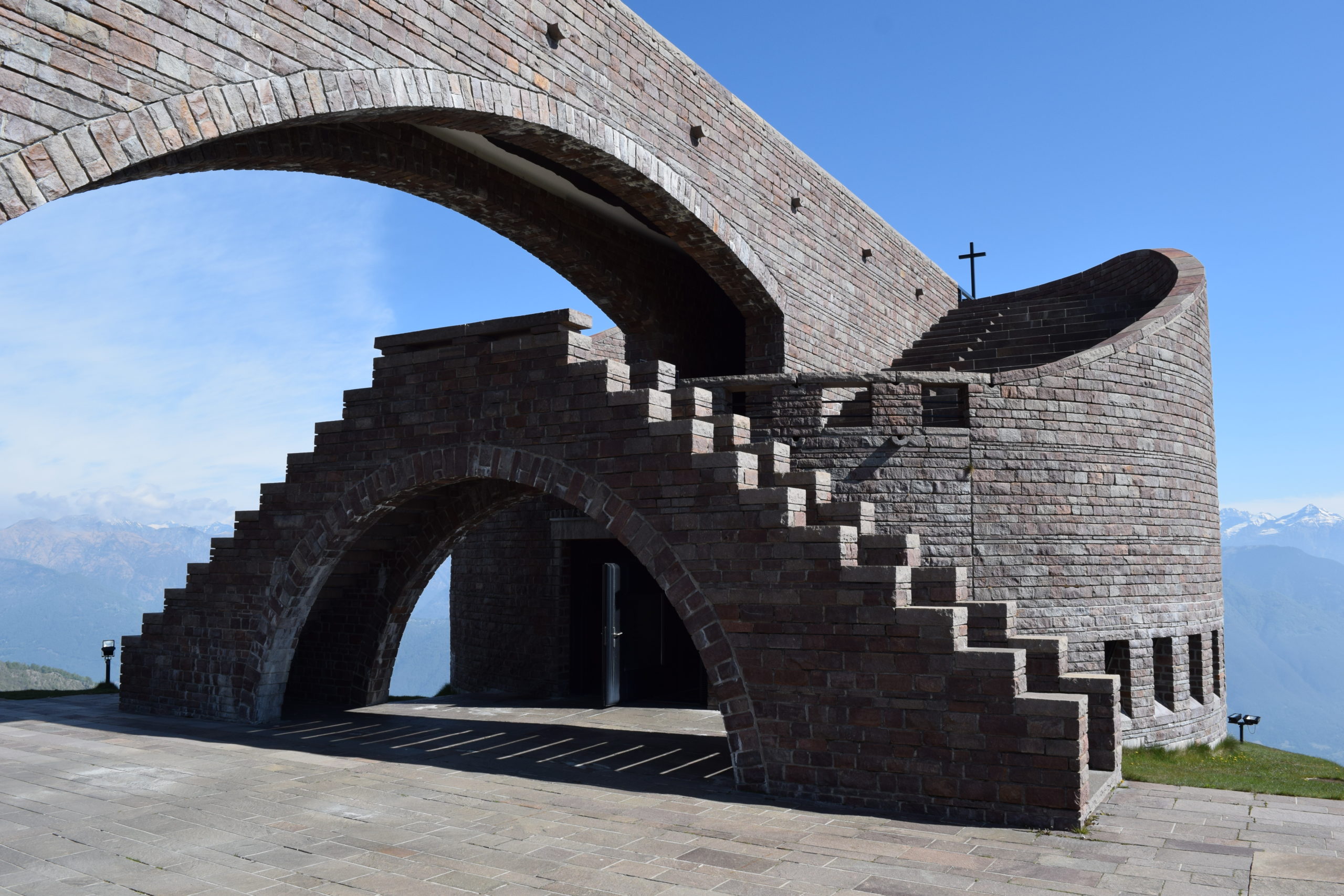
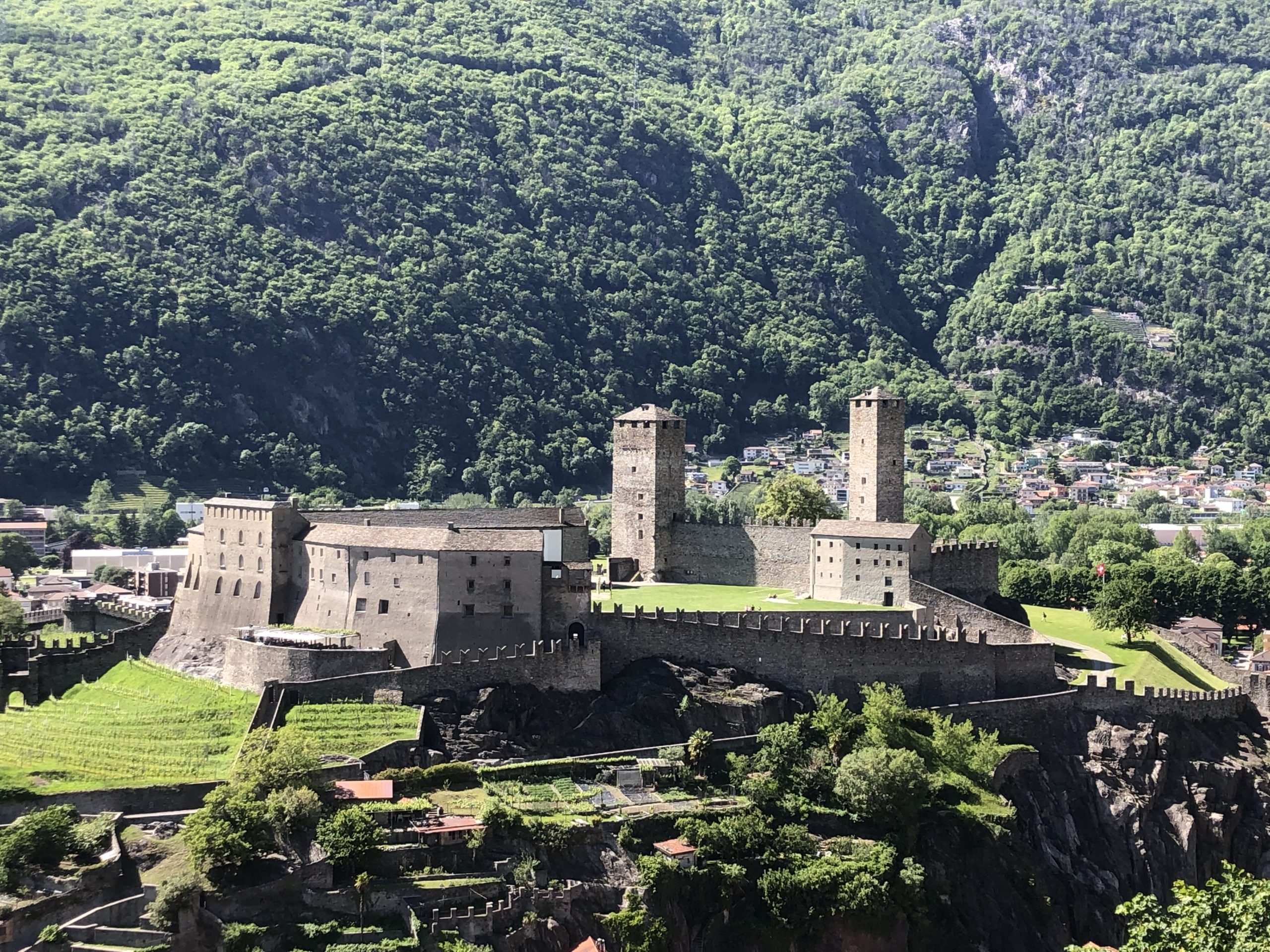
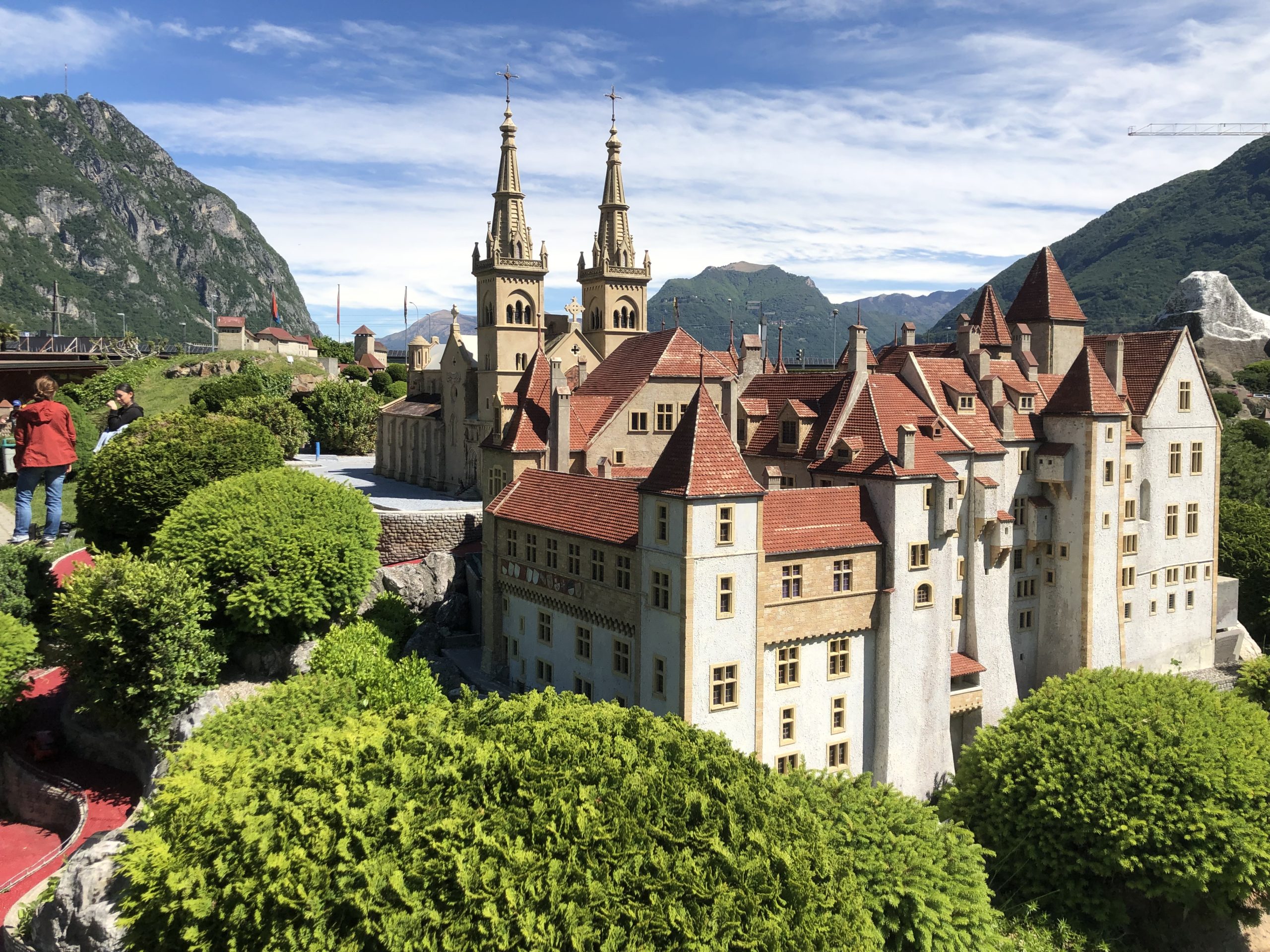
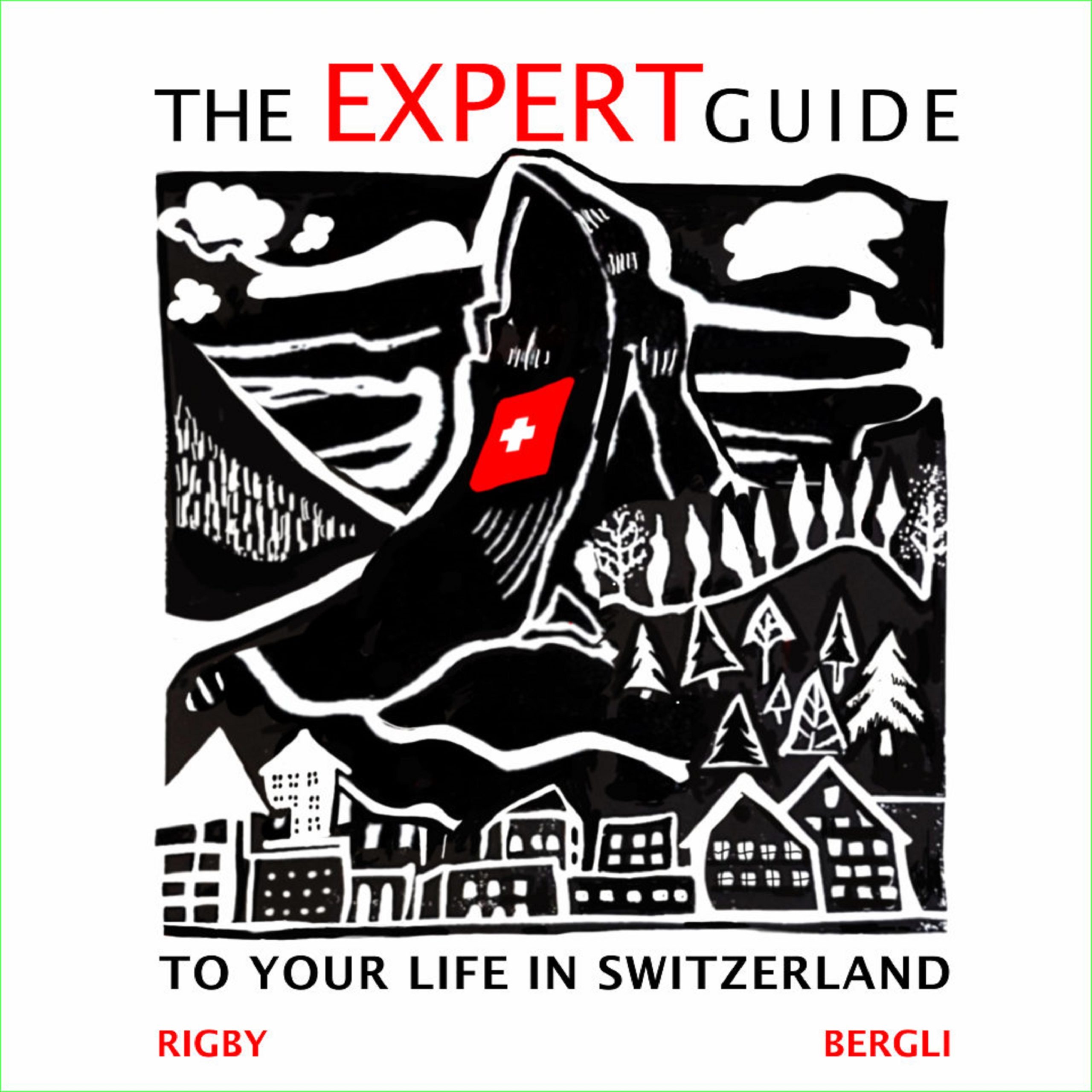
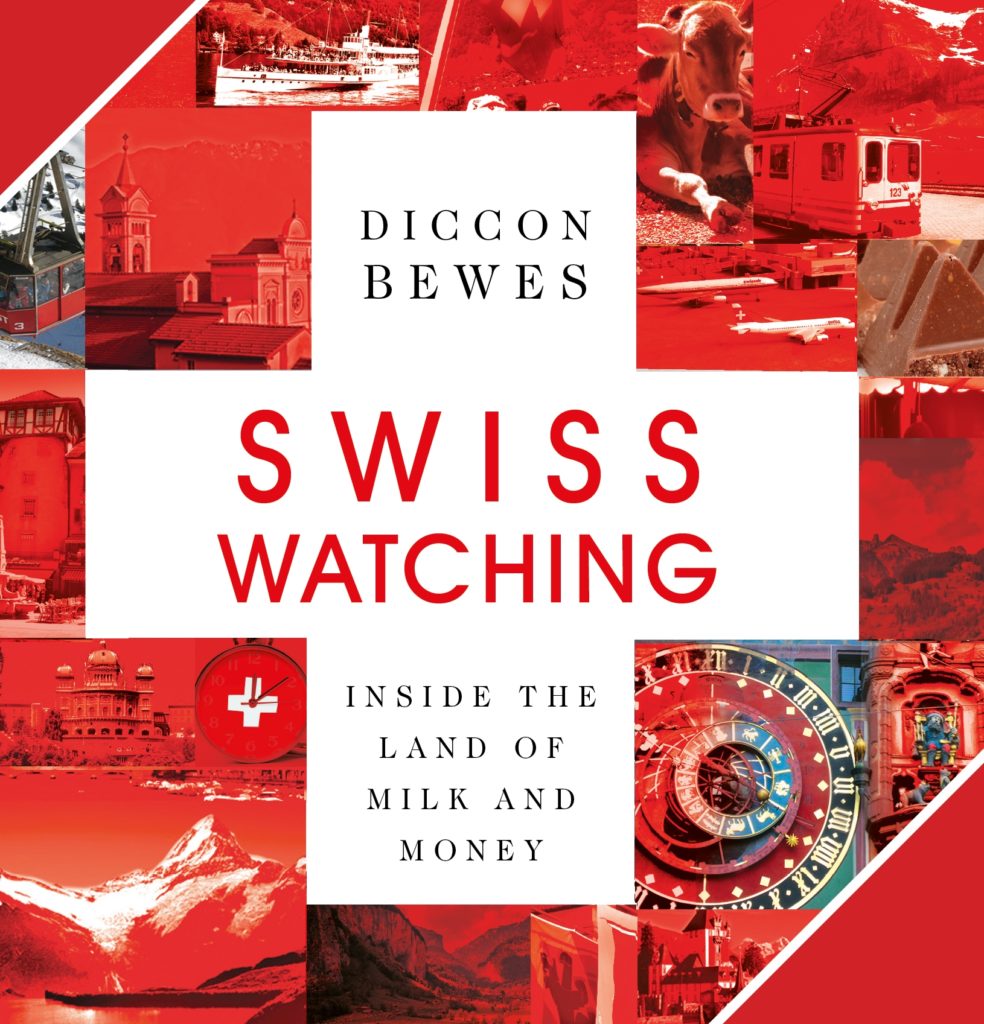
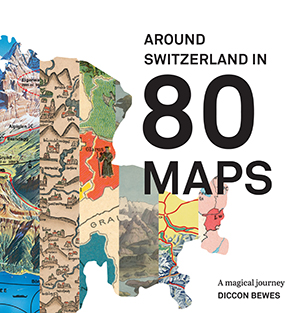
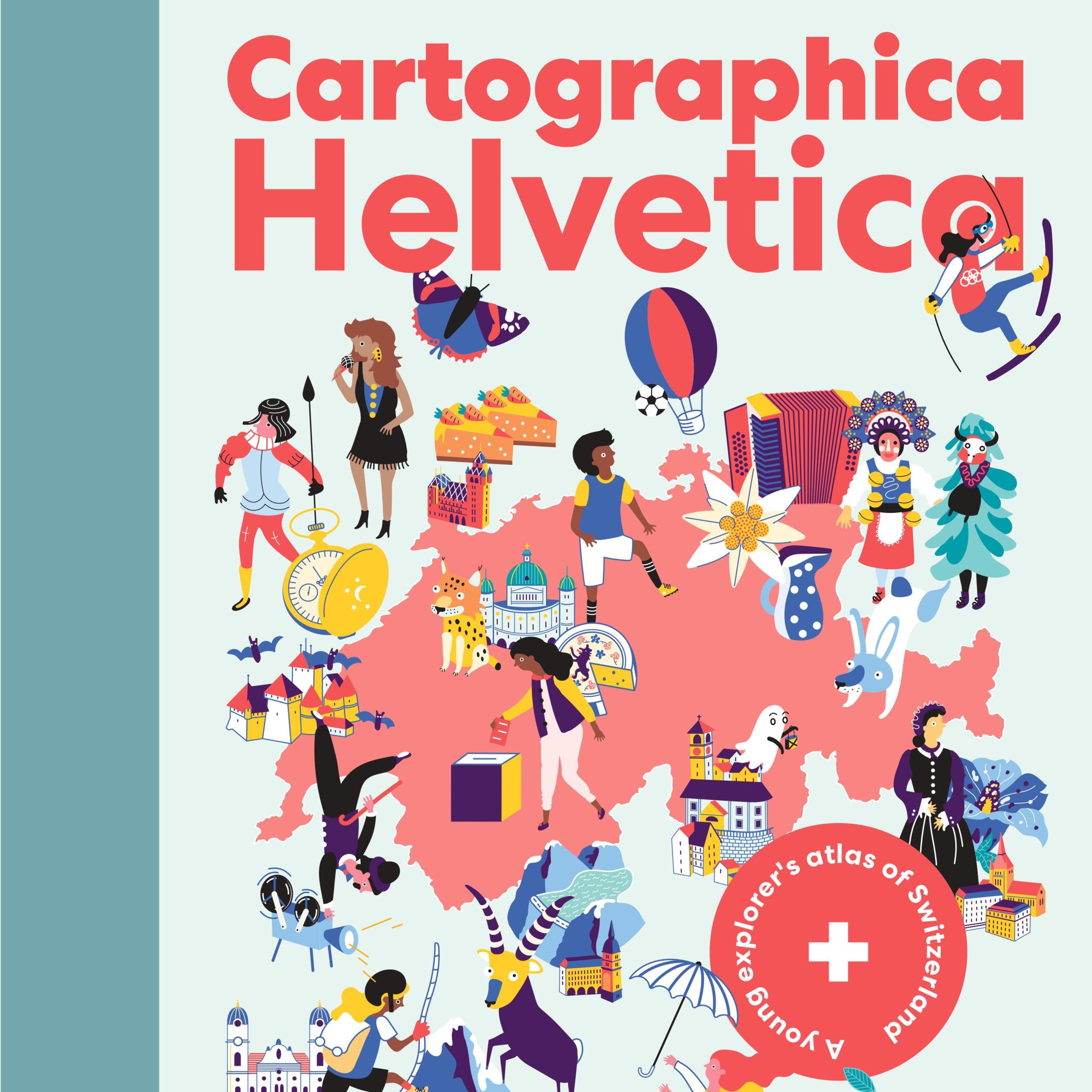
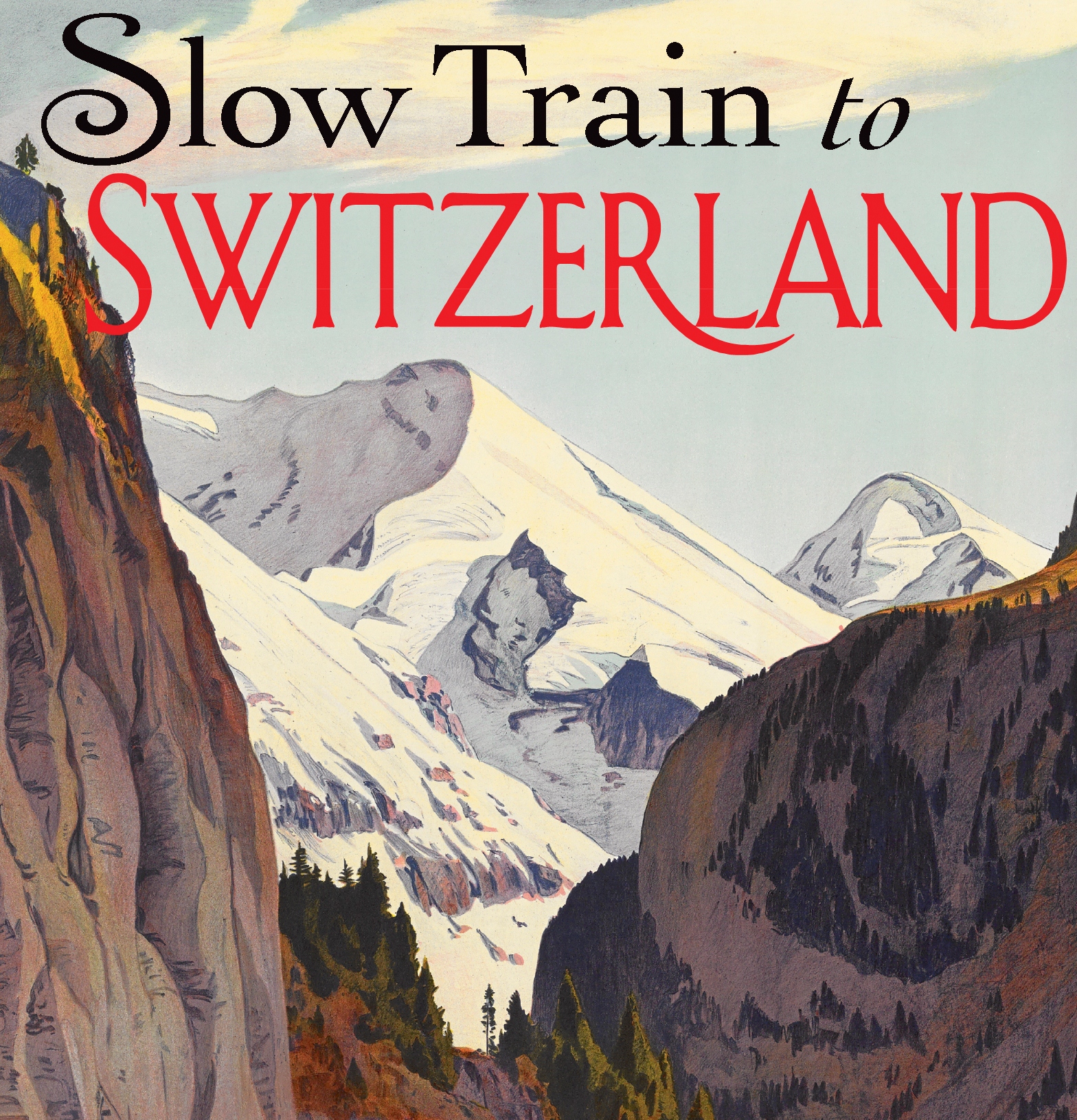

 Follow on Facebook
Follow on Facebook Follow on Twitter
Follow on Twitter Subscribe by RSS
Subscribe by RSS Contact me directly
Contact me directly Global Solutions Inc.
Global Solutions Inc.